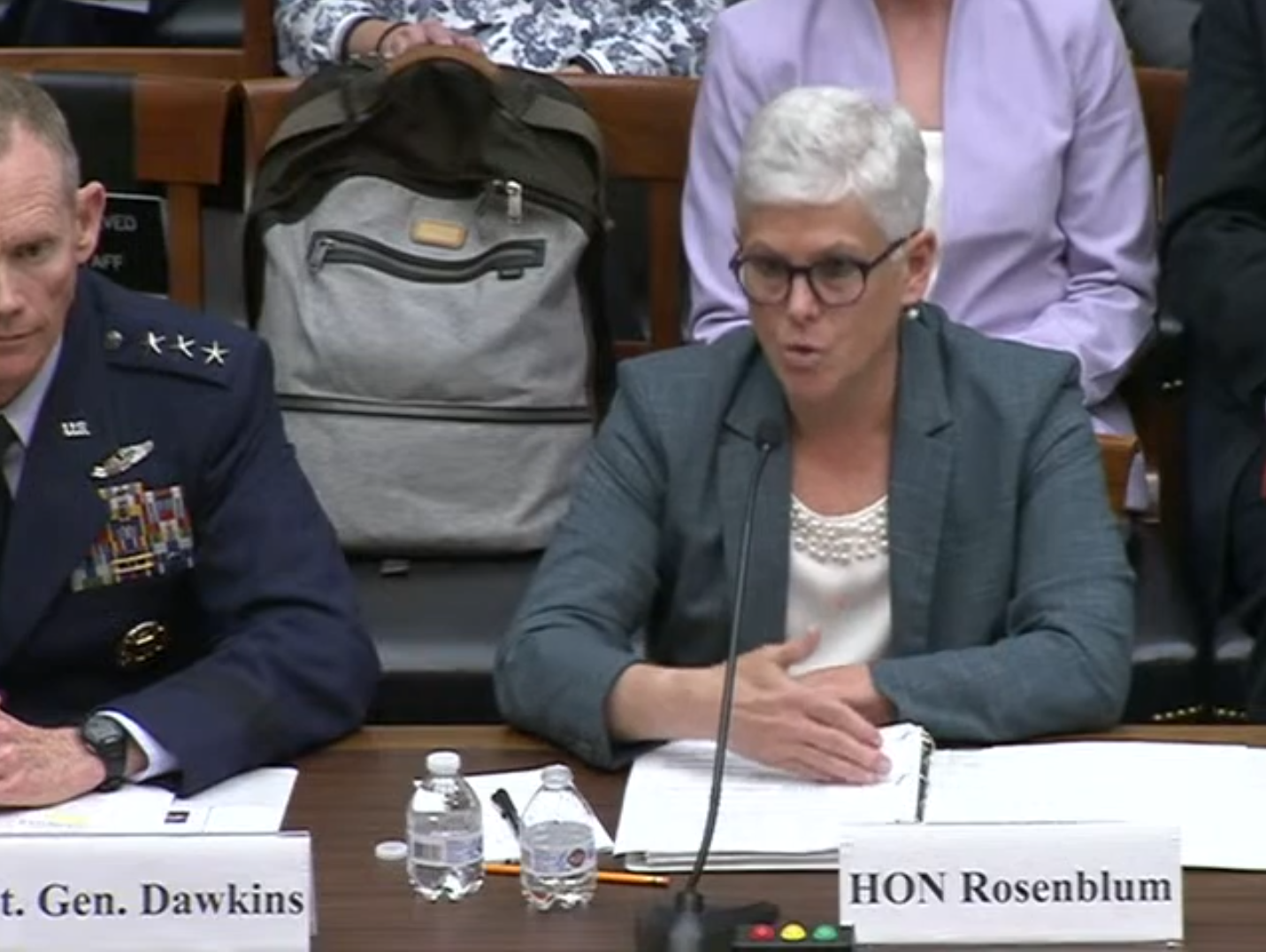
It will take all summer to finalize a plan aimed at hastening construction of a key nuclear-weapon-component factory that has fallen behind schedule in South Carolina, a Pentagon official said Tuesday in a congressional hearing.
It is nearly the end of the annual budget-hearing season in Washington, and federal agencies including the National Nuclear Security Administration (NNSA), the semiautonomous Department of Energy nuclear-weapons agency, have now made multiple appearances before the congressional committees that authorize and appropriate their annual budgets.
So far this hearing season, members of the joint NNSA-Pentagon Nuclear Weapons Council have repeated the same message to lawmakers in the House and Senate: the NNSA’s Savannah River Plutonium Processing Facility (SRPPF), one of two planned pit plants, will not be able to cast plutonium pits in 2030 as once hoped.
Spending more money on the project in fiscal year 2023, which begins Oct. 1, will not hasten the day the pits, fissile cores of nuclear-weapon first stages, arrive, these people have testified.
Some additional targeted spending, to the tune of $250 million in fiscal 2023, will keep construction and commissioning from falling any further behind schedule, officials including NNSA Administrator Jill Hruby have testified to Congress this spring, but it won’t help the NNSA finish the Savannah River factory any time before 2032, at the earliest or 2035, at the latest.
The Nuclear Weapons Council is working on a plan to hasten construction of SRPPF, being built from the partially completed Mixed Oxide Fuel Fabrication Facility in Aiken, S.C., but the plan will not be ready until “early fall,” Deborah Rosenblum, assistant secretary of defense for nuclear, chemical, and biological defense programs, and the council’s chief of staff, told the House Armed Services strategic forces subcommittee on Tuesday.
Meanwhile, the NNSA’s fiscal 2023 request for production modernization, the account that includes the pit plants, eclipsed even the agency’s earlier forecasts, coming in at more than $4.6 billion, or $1.7 billion above the 2022 appropriation.
For construction alone, that includes some $700 million at Savannah River for SRPPF and about $588 million for the Los Alamos Plutonium Pit Production Project, which aims to get the New Mexico lab ready to produce 30 pits annually by 2026: a target Hruby said Tuesday the agency still expected to hit.
NNSA officials have at least one more, maybe two more, hearings to get through this season before lawmakers start marking up and debating the agency’s next budget bill.
The next hearing was scheduled for Wednesday, at 10 a.m. Eastern time, before the Senate Appropriations energy and water development subcommittee. NNSA senior leadership also briefly testified before the House Appropriations energy and water development subcommittee last week, but subcommittee leadership called off the hearing, with the intention of rescheduling.